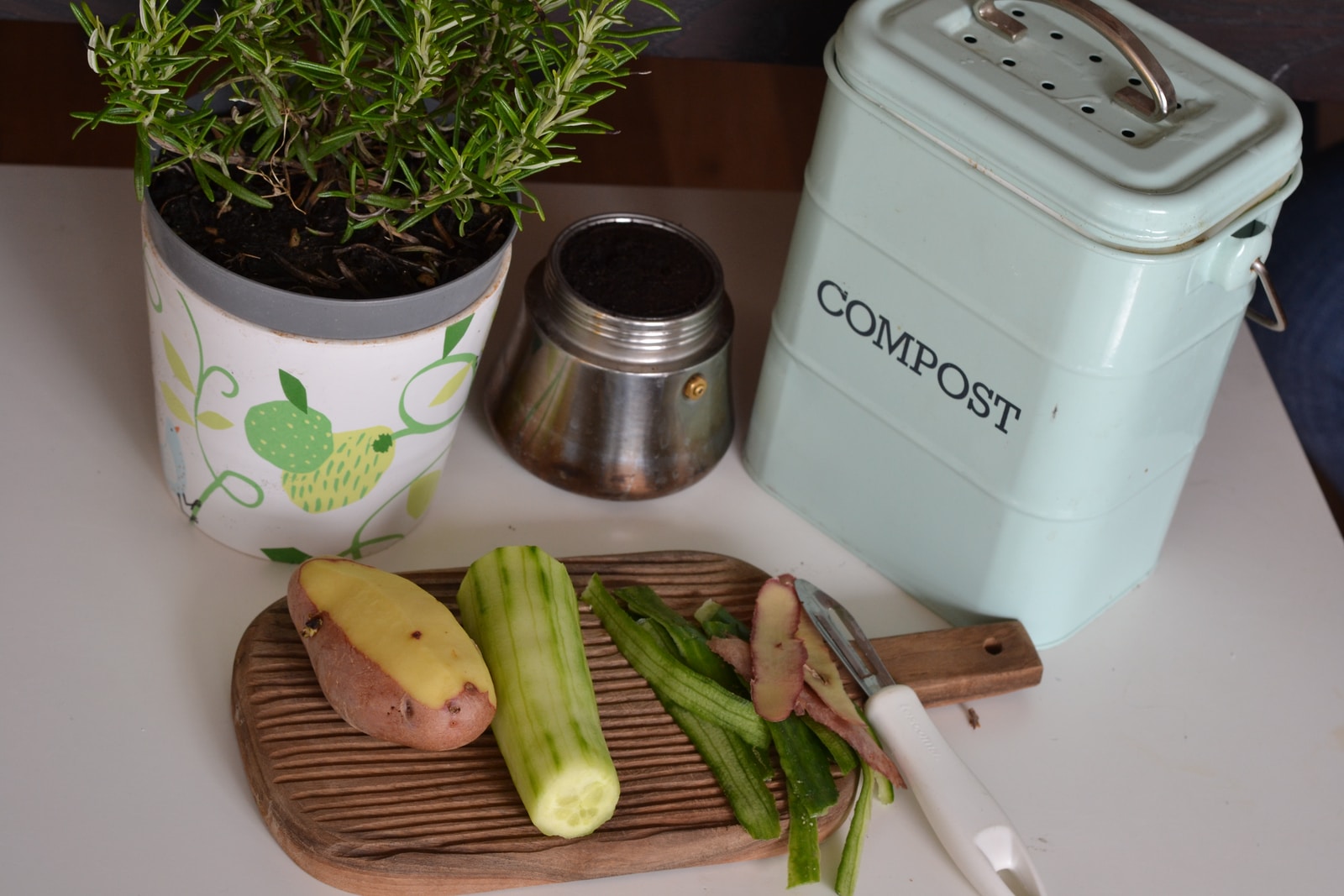Stuart Smith
National MP
Kaikoura
Did you know it is estimated that there is potential for biogas to provide 80% of the gas needs for the East Coast of Australia?
Last week I had the opportunity to visit several renewable gas projects in Australia with Gas NZ to see what opportunities there might be for renewable gas in New Zealand. We visited a range of projects, from hydrogen being injected into a natural gas network at a ratio of 5%, to a Gasification facility that transforms biosolids from human waste into renewable energy and biochar, to landfill gas capture and everything in between.
The Goulburn Bioenergy project, at Southern Meats in Goulburn NSW, shows the opportunity for our agriculture sector.
Southern Meats Abattoir’s waste treatment is owned and operated by Resonance Asset Management which processes it into biogas. The abattoir processes an average of 4,000 to 5,000 sheep daily and generates around 350m3 of biogas per hour through the decomposition of effluent and organic waste.
This biogas is captured by a covered anaerobic lagoon (CAL) and utilized by two on-site gas engine generators to produce electricity. These generators reduce the abattoir’s dependence on the electricity grid by meeting the abattoir’s peak electricity consumption, thereby reducing costs.
The Goulburn Bioenergy project uses a blend of 70% biogas and 30% natural gas to fuel the generators. The biogas undergoes a scrubbing process to remove impurities, and the precise blend of biogas and natural gas information is sent to the generators’ control systems to optimize the gas engine’s performance.
The project earns revenue from a ‘behind-the-meter’ power purchase agreement (PPA) with the abattoir. Additionally, the project generates Large Generator Certificates (LGC)- with one megawatt equalling one LGC, currently valued at $49. The project also generates carbon credits: both LGCs and carbon credits are sold to third parties.
The CAL system has on-site storage for the biogas, giving the flexibility to best utilise their biogas at peak times and or higher electricity prices.
The Goulburn Bioenergy project is a fantastic example of a sustainable energy solution that reduces the abattoir’s reliance on the grid and generates revenue from several sources. The project’s success showcases the potential of renewable energy solutions which could be utilised in the meat processing sector in New Zealand.
Waste-to-energy projects are gaining pace in New Zealand with First Gas announcing that this year it will mix biomethane produced from organic waste with natural gas, providing homes with vital energy with lower emissions.
For me, initiatives such as these make sense on an economic basis, and so will endure. While we do not have an LGC type of subsidy, and nor should we in my view; turning effluent disposal into energy, thereby reducing costs, is an opportunity that should not be missed.

